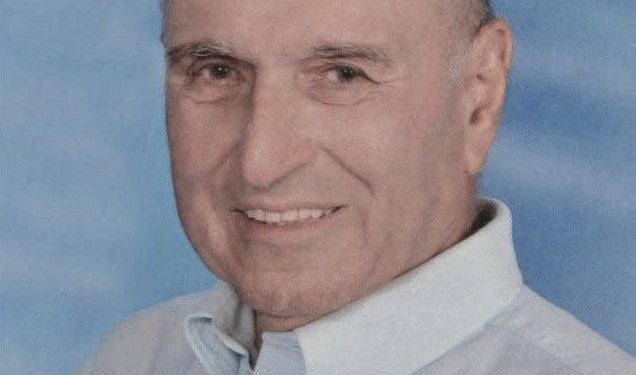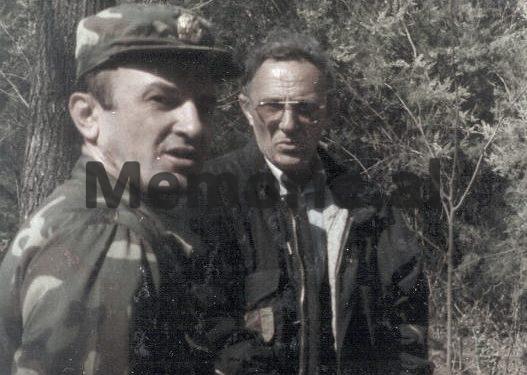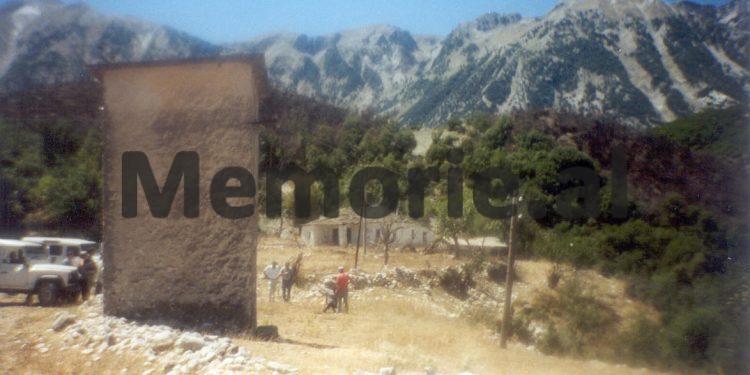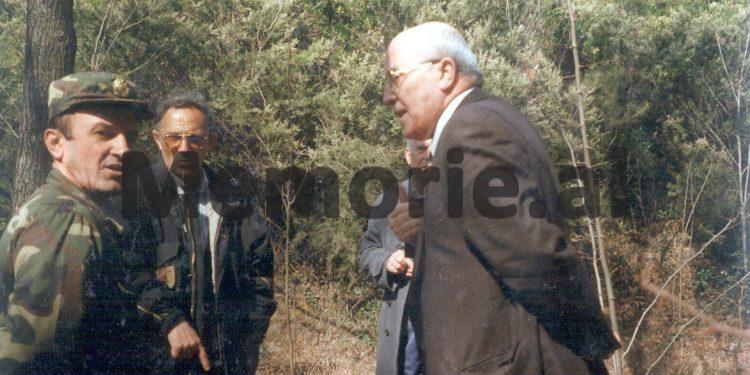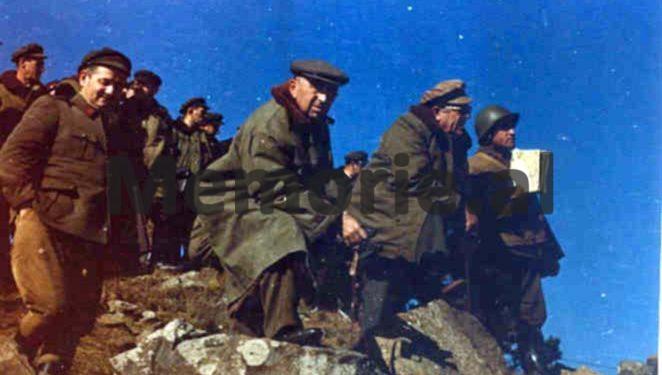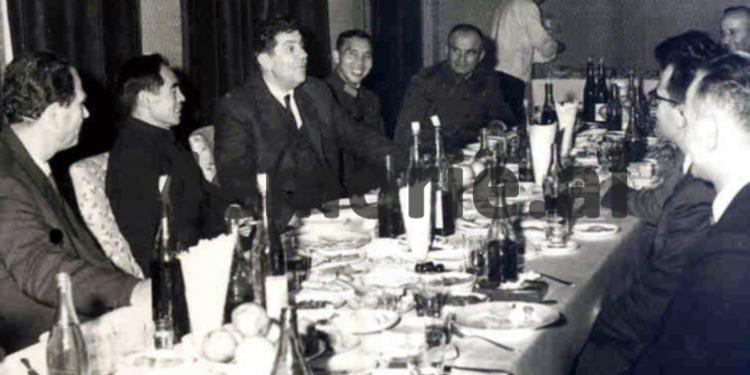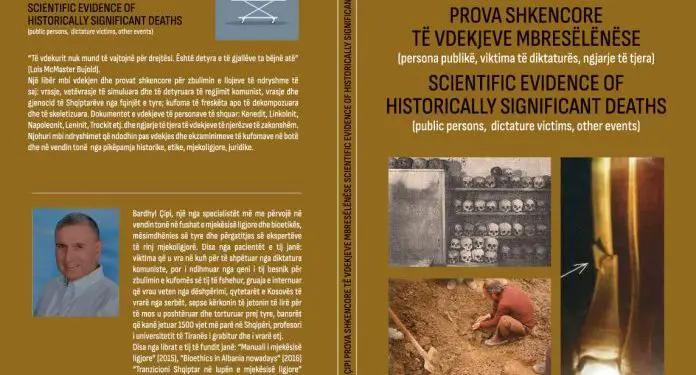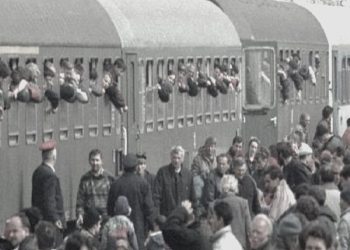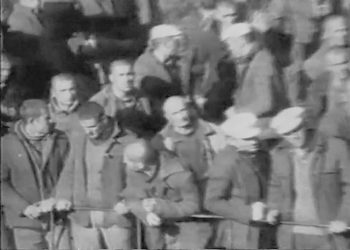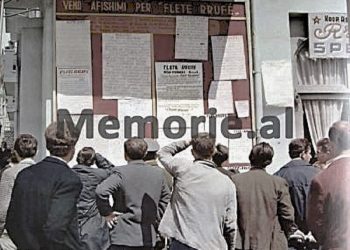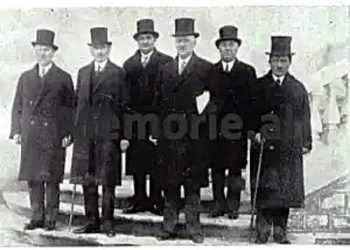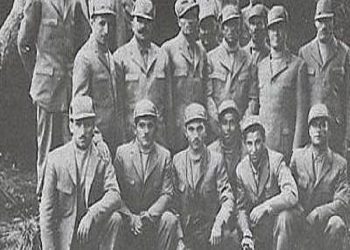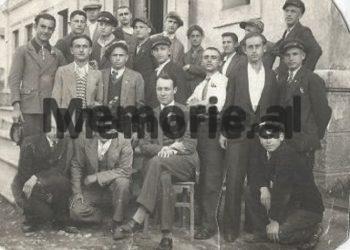By Prof. Dr. Bardhyl Çipi
Part Seven
Prof. Çipi: “I recount the cases when I was called to perform forensic examinations on people killed at the border, in an attempt to escape from Albania!”
SCIENTIFIC EVIDENCE OF IMPRESSIVE DEATHS
(Public figures, victims of dictatorship, and other events)
Memorie.al / Bardhyl Çipi, one of the most experienced specialists in our country in the field of Forensic Medicine and Bioethics, their teaching, and the training of new forensic experts. Some of his cases include: victims killed at the border while trying to escape the communist dictatorship, one whose hidden corpse was discovered with the help of his loyal dog, the interned woman who killed herself out of despair, citizens of Kosovo killed by Serbs for seeking to live free and avoid humiliation and torture, residents who lived in Albania 1,500 years ago, a robbed and murdered professor from the University of Tirana, etc. A book about death and scientific evidence for uncovering its various types: murder, suicide, those stimulated and coerced by the communist regime, murders and genocide against Albanians by their neighbors, fresh or decomposed and skeletal remains. Documents on the deaths of prominent figures: Kennedy, Lincoln, Napoleon, Lenin, Trotsky, etc., and other events involving the deaths of ordinary people. Knowledge about post-mortem changes and the examination of corpses worldwide and in our country, from a historical, ethical, forensic, and legal perspective. Some of his latest books are: “Forensic Medicine Manual” (2015), “Bioethics in Albania nowadays” (2016), “Albanian Transition under the Magnifying Glass of Forensic Medicine” (2018), “Forensic Medicine Criminology” (2020).
Continued from the previous issue
Crimes: Murders, Suicides, and Other Acts Against Individuals Persecuted by the Communist Regime
All the examined bone parts appeared dry, degreased, eroded, damaged, and more or less brittle. Initially, it was requested to determine the number of persons to whom these skeletal parts belonged, which was impossible to do with accuracy due to the inability to reconstruct complete, individual skeletons.
However, considering that the number of unique parts, for example, the number of skulls was 15, these skeletal parts certainly belonged to 15 individuals, without excluding the possibility that the number of victims to whom these bone parts belonged may have been greater. This is consistent with the circumstances of the event in this case and the fact that the terrain in the area where these skeletons were found had undergone soil displacement during agricultural work.
The age and sexual characteristics of the bones were then examined, the body length of the victims was determined, and the bone damages, which presented as follows:
-Determination of Sex: All skeletal parts exhibited male sexual characteristics, with the exception of one skull with typical female characteristics.
-Determination of Age: Based on the age features of the skull cap sutures, teeth, and other parts of the skeleton (in some vertebrae with very pronounced osteophytosis), the approximate age of the individuals to whom these skeletal parts belonged must have ranged from 25-30 years old to 47-70 years old.
-Determination of Stature: Based on the Telkka, Trotter-Gleser, and Rollet methods, by measuring the length of the long bones, these skeletons were generally 1.70 m tall, with a variation of ±10 cm.
-Determination of Time of Death: The approximate time of death of the victims to whom these skeletal parts belonged was over 25-30 years ago.
-Examination of Damages: In addition to damage in the form of erosion and destruction from the influence of moisture, insects, and their long stay in the ground, some damages in the form of holes similar to the entrance and exit holes from firearms were also observed. These, together with the cartridges found with the bones, demonstrated that the victims to whom these skeletons belonged were killed by gunfire.
The examined skeletal material was thought to belong to the victims executed without trial in 1951 (the court decision was made later) under the false accusation of planting a bomb at the Soviet Embassy in Tirana.
By comparing the data of the skeletal material from this case with those of the 1951 massacre, it was observed that:
-The age of the skeletons was within the age limits of the victims of this event;
-The sex of the skeletons, where all were male except for one female, coincided with the execution victims, where only one of them was female;
-The time of death of the skeletal individuals, over 25-30 years, also includes the year 1951 when this event occurred;
-The comparative odonatological examination of a dental prosthesis of a skull was recognized by the son as belonging to one of the victims of this massacre;
-The finding of two rings with inscriptions that were recognized as belonging to two other victims of this event;
-The presence of firearm damages in the skulls of some of the skeletons testified to a death by gunfire, just as the victims of this event were executed;
-The finding of some of the upper limb bones tied with electric cord indicates that they were executed while bound.
All these comparative data fully demonstrated that these skeletal parts belonged to the victims of this massacre.
However, it was impossible to reconstruct the complete individual skeletons to simultaneously determine the exact number of persons to whom these skeletal parts belonged, due not only to the bodies being thrown into the pit on top of each other after the execution, but perhaps also to the fact that the terrain in the area where these skeletons were found had undergone soil displacement during agricultural work.
For this reason, these skeletal remains, belonging to the 22 victims of one of the most severe massacres of the communist regime in Albania, just as they had stayed together in the unknown grave of their murder for over 40 years, were reburied together in the Martyrs of the Nation Cemetery in Tirana. These victims belonged to well-known intellectuals of our country, most of whom were educated in Western universities.
During these examinations, which lasted for a long time, more than a month and a half, I remember the son of one of these victims, Tefik Shehu. He, Hysen Shehu, became a close part of the forensic team led by me, tirelessly helping with every need that arose during the application of identification procedures. He had never known his father, Tefik Shehu, one of the 22 executed in this massacre, because he was born after his murder. But because of this tragic event, he spent his entire life until 1990 under conditions of internment and the fierce persecution of the communist regime.
The Identification of the Remains of the Three Generals
Another case is the anthropological identification and examination in 2000 of the skeletal remains of three generals, key leaders of the army: Beqir Balluku (former Minister of Defense), Petrit Dume, and Hito Çako, who, based on false accusations, were sentenced to death and executed in 1975.
Their corpses were found in an unmarked mass grave in the village of Vranisht in the Vlora district. The bones appeared without soft tissue residues, without insects, with numerous erosions and damage. Along with the bones, there were also remnants of clothing, which upon inspection were noted to consist of decayed parts of clothes and shoes, which were recognized by relatives as military workshop products, specifically for high-ranking officers.
The bones, along with the remnants of clothing, were sent to the forensic medicine service in Tirana, where their full anthropological examination was carried out. From this examination, which lasted for more than two weeks, the following resulted:
Beqir Balluku
From the examination of the skeletal remains thought to belong to the corpse of Beqir Balluku, whose skull was heavily damaged, it was determined that they belonged to a male individual, over 50 years old, with a body length of 1.78 m, of the Dinaric white race, group data that matched those of the victim Beqir Balluku.
In addition, the examined bones showed the presence of a bone callus on one of the forearm bones, which matched the relatives’ statement that the victim had suffered a forearm fracture at a young age. Also, in the odonatological examination, the presence of a gold crown on one of the pre-molar teeth was observed, which matched the relatives’ statement that the victim had a front tooth covered with gold.
Petrit Dume
The bone remains thought to belong to Petrit Dume had a hole in the skull similar to the entry hole of a firearm wound. The anthropological examination concluded that this skeleton belonged to a male individual, over 50 years old, with a body length of 1.68 m, of the white race, group identification data that matched those of the victim Petrit Dume, a major general of the communist state. Additionally, the victim’s dentition, which had gold fillings, was also documented in the dental chart and was recognized by one of the victim’s daughters.
Hito Çako
The third corpse of the victim Hito Çako consisted of a skull with a firearm wound entry hole in the side part of the right parietal, etc. The anthropological examination concluded that this skeleton belonged to a male individual, about 50 years old, with a body length of 1.65 m, of the Dinaric (Adriatic) white race, group identification data that matched those of the victim Hito Çako, a major general of the communist state. In the examination of the teeth, the presence of several gaps between the teeth (diastema) was noted in the upper jaw, which matched the relatives’ statement that he had them during his lifetime, a finding also reflected in Hito Çako’s dental chart.
Thus, from this forensic anthropological examination, the identity of the three aforementioned victims, executed 25 years before their discovery, as well as the damage caused by gunfire, were accurately determined. Following this, their ceremonial burials were carried out.
I want to add that when the bones of the three victims first arrived, their parts were mixed because they had been buried together, thrown into the gravel pit on top of each other. A very careful work was needed, based on the differences in the body lengths of each victim and other signs, to achieve the accurate identification of the bone parts of each victim.
Other Cases
In addition to these, during these years, I have carried out in collaboration with other forensic colleagues, besides the 13 remains found in a mass grave near Mount Dajti, the following other examinations for the identification of the victims of the communist dictatorship:
–Identification in 2004 of the victims F.T., S.N., and Y.L., young people executed in 1958 for attempted escape. Their exhumation was carried out on the coast of the Durrës district, in a pine forest, in the place called “Katund i Ri”. The bones were placed in a pit, separated into three distinct groups corresponding to the 3 victims. In their identification, in addition to the investigative data and the recognition of victim F.T.’s shoes, the data from the measurements of the long bone lengths were also used, due to the differences in the victims’ statures (F.T.−1.8 m, Y.L.−1.7 m, and S.N.−1.6 m).
–Identification in 2011 by Dr. Admir Sinamati, of the skeletal corpse of the victim Z.M., executed in 1983 for political reasons. The exhumation was carried out in a secret grave in the village of Kuç in the Shkodra district, inside which the requested skeleton was found. The bones were tied with wire and a bone defect (entry hole of a firearm wound) was observed in the skull. In his anthropological examination, it was determined that the group identification data of sex, age, and length matched those of the victim Z.M.
–Identification in 2011 by Dr. Admir Sinamati, of the skeletal corpses of the victims S.S. and T.N, political prisoners at the “Qafa e Barit” camp, where they were condemned, mistreated, and executed in 1984, due to their participation in the prison revolt that took place there in 1984. The exhumation was carried out in a secret grave in the village of Kuç in the Shkodra district, where skeletons were found placed on top of each other. In their anthropological examination, besides the injuries, the group identification data of sex, age, and length were determined, which matched those of the victims. Additionally, in the identification of victim S.S., the finding of a letter with the victim’s name S.S. written inside a small bottle served as evidence.
–Identification of the corpse of citizen M.SH. K., a convict who died in Ballsh prison in 1974, buried there in an unmarked grave. In the anthropological examination of this skeleton, it was determined that the group identification signs of sex, age, length, and race fully matched those of the victim M.SH. K. Additionally, in the identification of the victim, the finding of a letter with the victim’s name M.SH. K. written inside a bottle served as evidence.
This was my activity in leading the forensic anthropology identification sector of the Institute of Forensic Medicine for the victims of the communist regime, until 2015, when I was removed from this sector. I hope that this work, started and carried out by me, which, as I have been informed, has resulted in the discovery, identification, and examination of the mortal remains of several other victims of the communist regime after this year, will continue successfully by the forensic colleagues of the Institute of Forensic Medicine. Memorie.al




